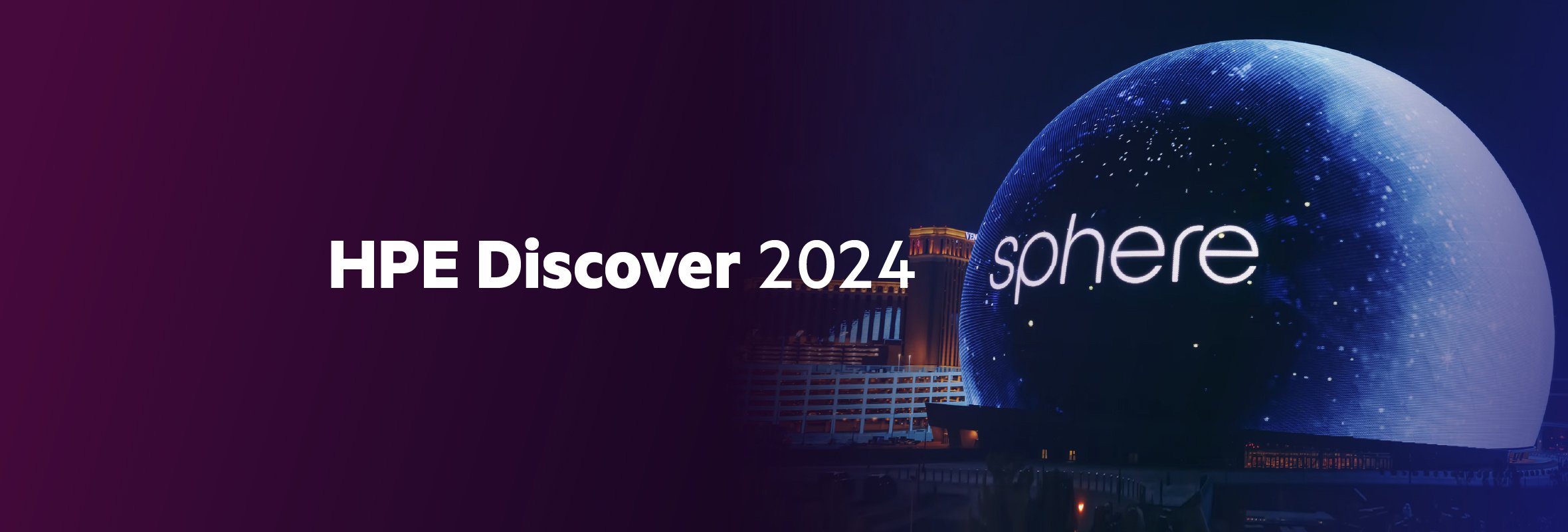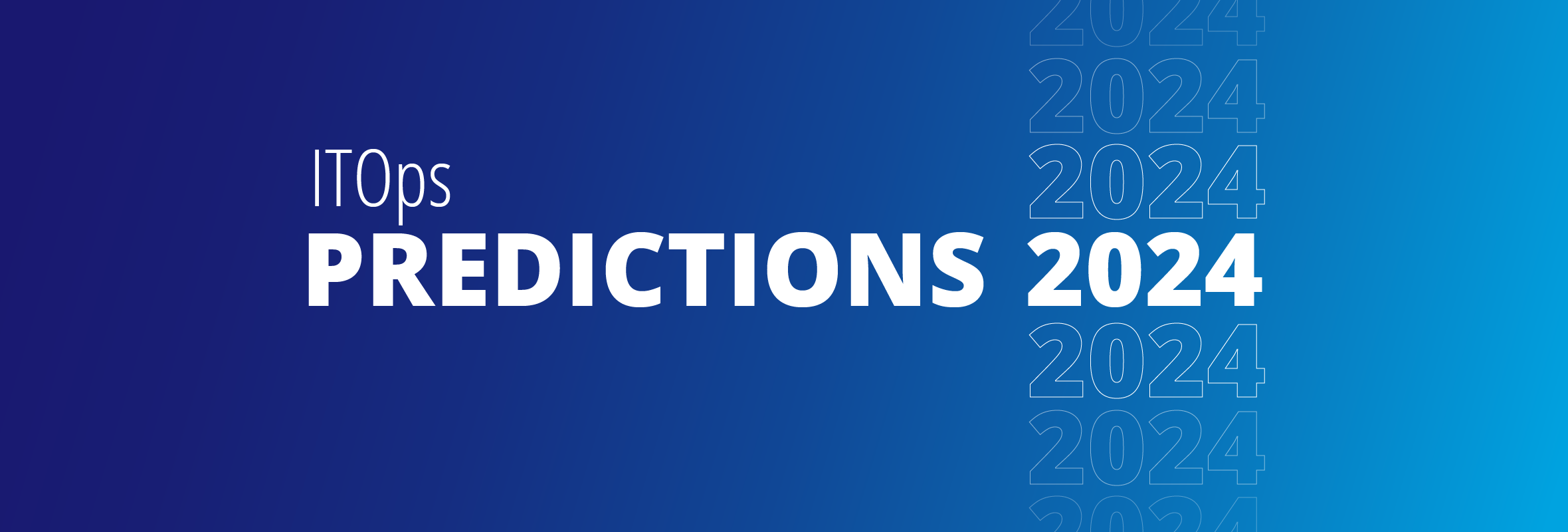Epsilon, an OpsRamp customer and leader in outcome-based marketing, delivers marketing technology, solutions and services to name-brand clients such as Coach, Walgreens, Dunkin’ Donuts, and Dell/EMC. Acquired in 2019 by Publicis Groupe, Epsilon was recently ranked as a leader in its sector by Forrester. Success though, is a game with no end, and the company has been modernizing its legacy IT infrastructure in the last several years to remain competitive.
According to an article published recently in InformationWeek, CIO Robert Walden says that four years ago the company needed to address growing challenges in asset management and monitoring as it moved IT resources to the cloud, which ultimately led them to OpsRamp’s ITOM platform. Below, we pulled excerpts from the InformationWeek story along with our own conversations with Walden, to show how Epsilon selected OpsRamp, and their journey thus far.
Epsilon’s decision-making process
Epsilon looked at several different products, but the products available from vendors tended to come from repurposed, older resources. “Especially the bigger players, they cobbled together different solutions, bolted them into each other and called it something new,” Walden says. The company wanted a platform that took modern demands into consideration, he says, and fulfilled Epsilon’s pursuit of robust asset management.
We needed to capture a lot more detail, a lot more in-depth information and be able to attach metadata”.
Many asset management solutions on the market at the time were built for traditional, internal IT shops, Walden says, rather than service providers, further complicating matters. Epsilon needed a resource that could meet the challenge that came from using multiple client solutions and product platforms that are domains within themselves. Walden says separating and segregating information into their respective domains is useful, which is what he says OpsRamp, a provider of AIOps and cloud monitoring, brought to the table.
Process changes
As Epsilon implemented OpsRamp across its environment, IT staff had to adapt to increased automation from the platform’s AIOps capabilities. Walden explains: “Previously, recognizing and responding to issues could take longer than we wanted to troubleshoot an issue and determine which of our solutions were actually being impacted and what needed to be done to fix it. At the end of the day, most of those teams didn’t need to be involved and the process just took too long. With OpsRamp, events are instantly correlated to a platform and notifications are sent with the information that directs only those resources who need to be involved to address the issue.”
Adjusting to those new workflows has been worth the effort, however, as now OpsRamp is managing and monitoring every device in the public cloud and in its on-premise data center environments, according to Walden.
Moving ahead in 2020
As Epsilon had to change the way it worked with the onset of Covid-19, Walden says that the power and flexibility of OpsRamp allowed the company to easily transition its infrastructure and operations management staff and processes from a primarily office-based workforce to one that is now almost entirely remote. “It has also allowed us to bolster the confidence of clients and stakeholders as we have been able to respond to concerns about resilience and impact due to the pandemic with clear and concise evidence that we can and will continue to operate at the same high-quality level of service,” he says.
Epsilon’s transition to an agile, cloud-based environment continues to evolve. For instance, infrastructure-as-code is much deeper in the dialect of Epsilon IT today. Working with OpsRamp has been a vital part of the company’s transformation strategy, he says: “They provided a purpose-built technology product that has become the foundation of our operations management strategy, but (equally important) they also provided the people and relationship that allowed us to implement and modify as rapidly and smoothly as possible.”
Next Steps:
- Read the Epsilon customer success story.
- Calculate your potential ROI from OpsRamp.
- Learn how Zebra Technologies improved multi-cloud monitoring with OpsRamp.





